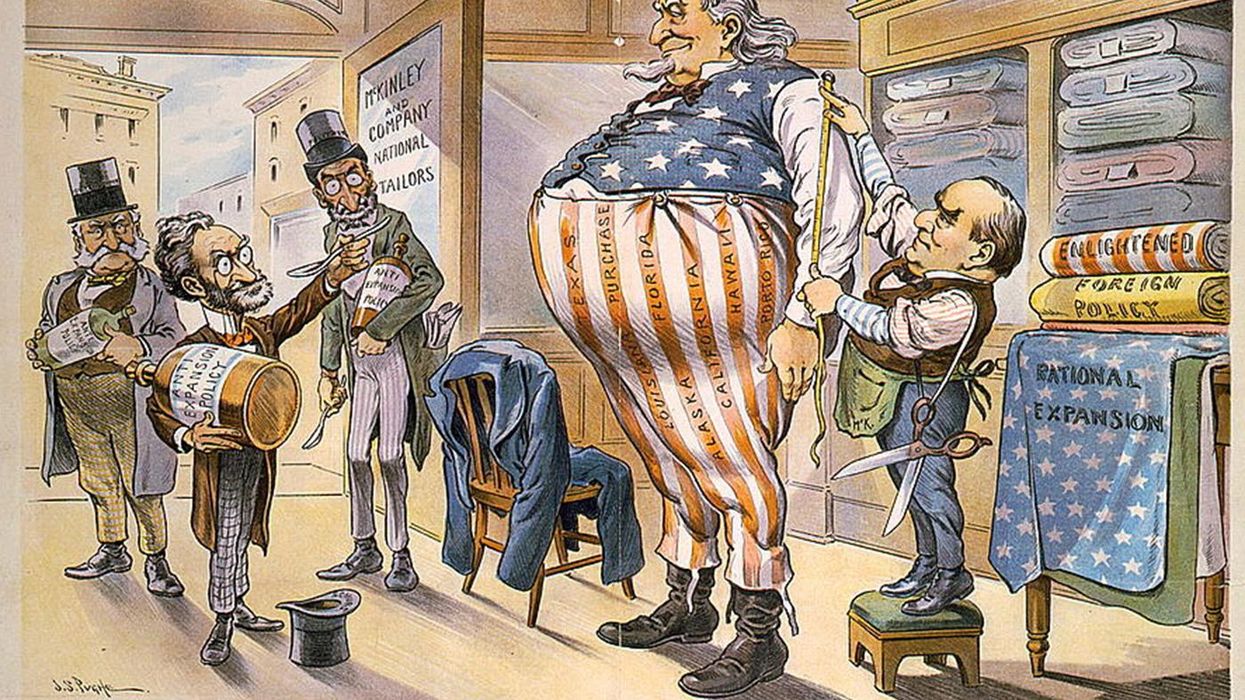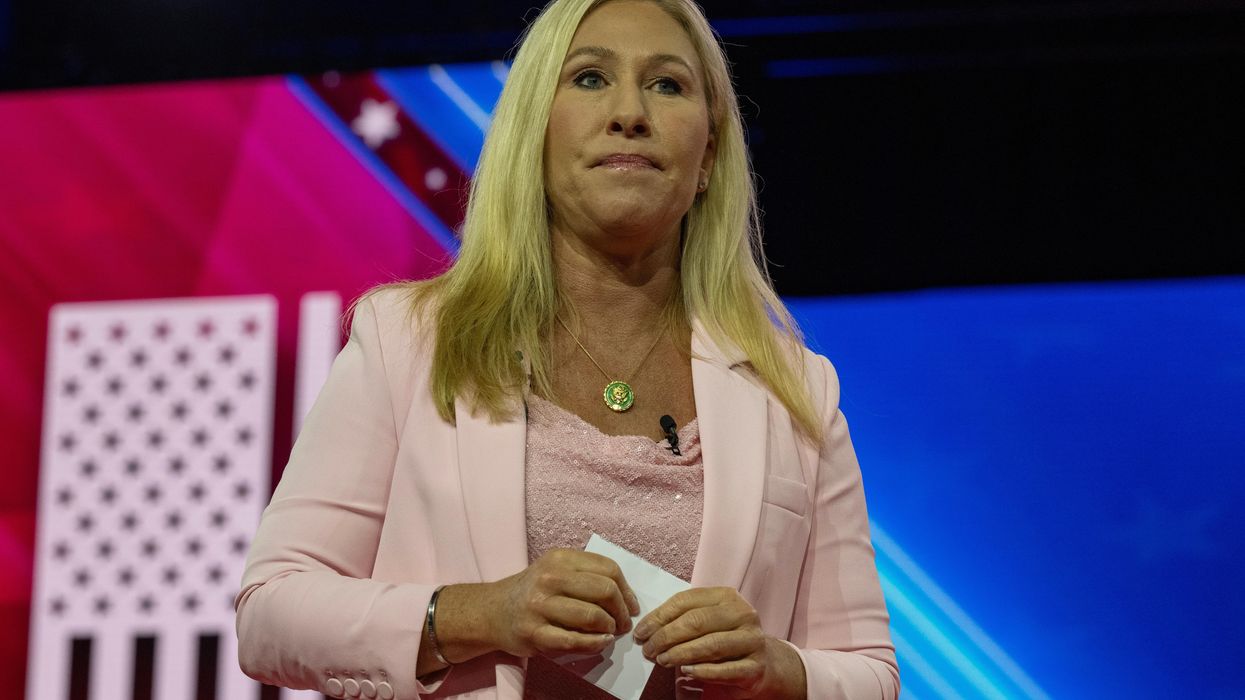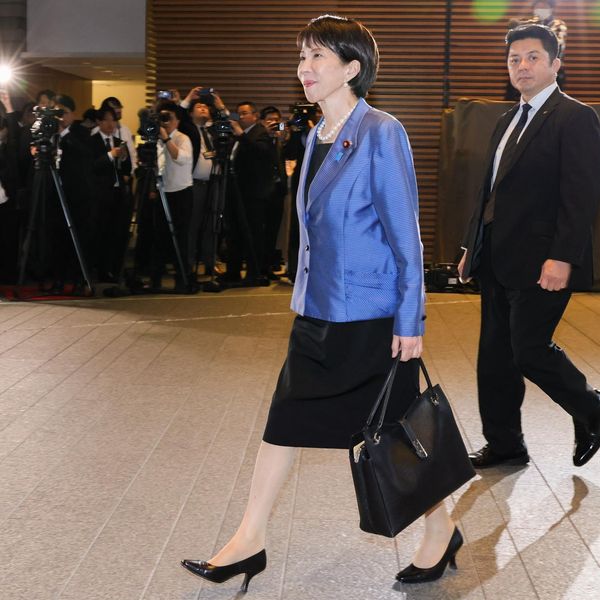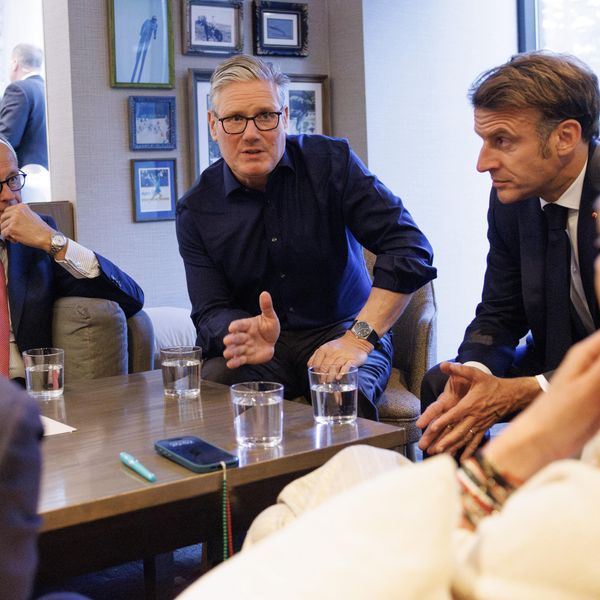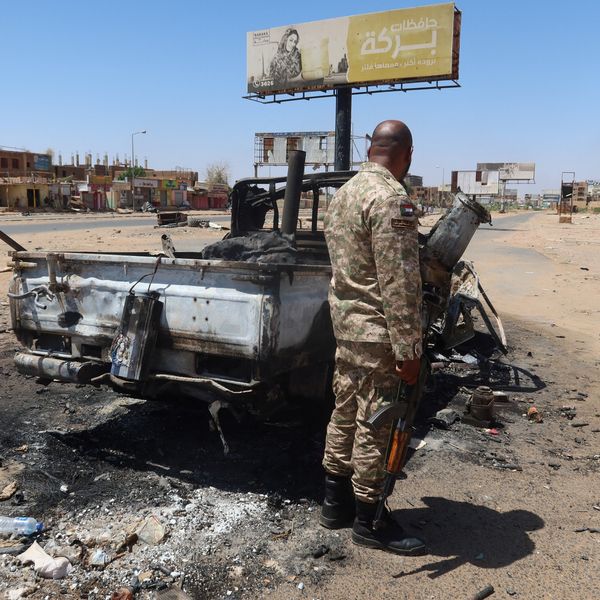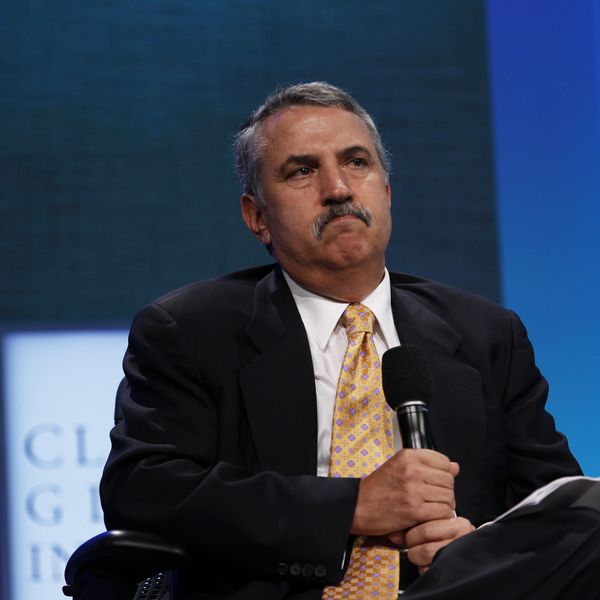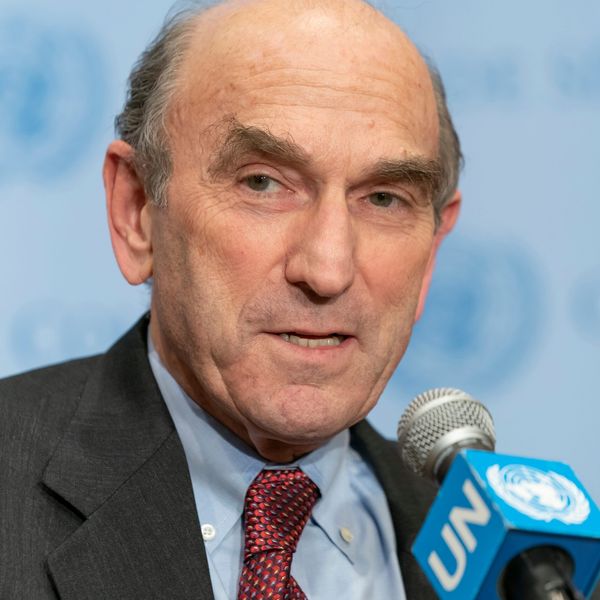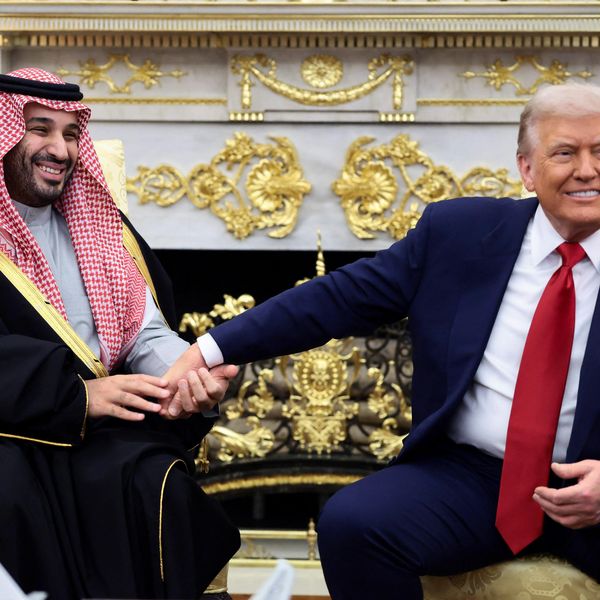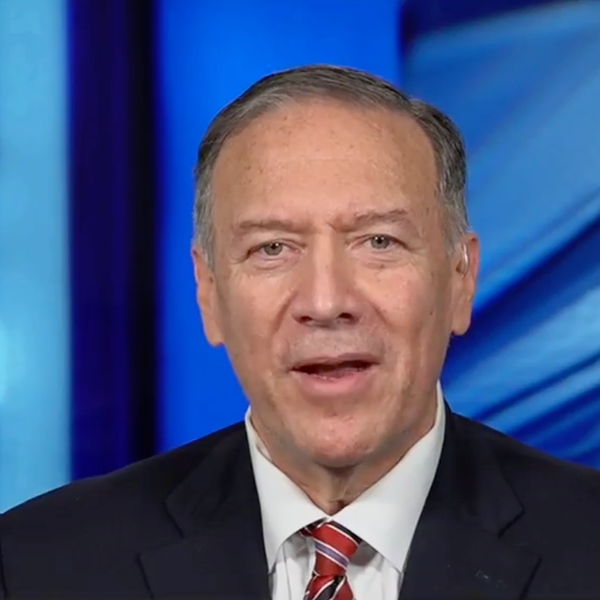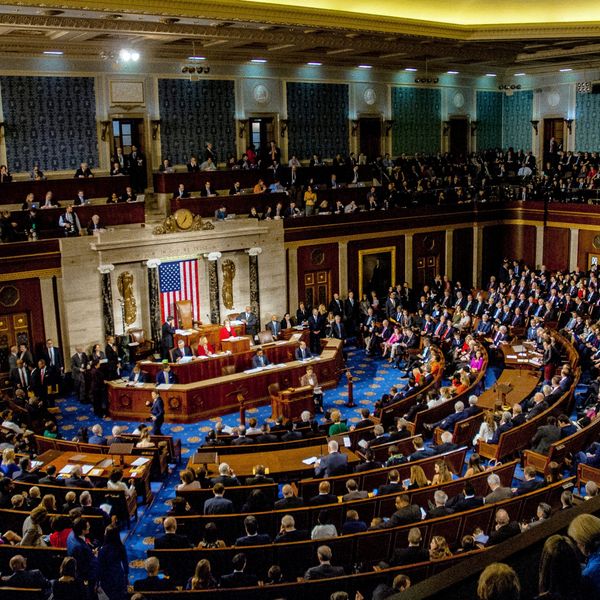India has found itself on the losing end of the Trump administration’s gamble in Asia and its “maximum pressure” policy toward Iran. In some ways, the damage may be irreversible, as China is expanding its presence in Iran and moving quickly to fill gaps created by U.S. sanctions.
Iran’s Chabahar port along the Oman Sea, originally intended to be developed by India, was supposed to be “an engine of growth” for both countries. Four years after signing the bilateral agreement, India’s difficulty in balancing its relations with Iran and the United States, as well as Tehran’s growing coziness with Beijing, has endangered the deal. Can Delhi still regain its once-promising “golden gateway to Afghanistan and the Central Asian region”?
Two Indian ministers visited Iran recently. Defense Minister Rajnath Singh visited in September and held a “fruitful meeting” with his Iranian counterparts, wherein they discussed “regional security issues including Afghanistan and the issues of bilateral cooperation,” according to his own account. It was the first visit by an Indian Defense Minister in almost twenty years. Days later, Indian Foreign Minister S. Jaishankar visited Tehran briefly and “discussed strengthening bilateral cooperation and reviewed regional developments.”
Both visits begged the question of whether the impacts of Washington’s “maximum pressure” campaign against Iran may be jeopardizing India’s long-term strategic interests, particularly vis-à-vis China.
While “maximum pressure” has been successful in bringing the Iranian economy to its knees, raising dissatisfaction among the Iranian population, increasing the regime’s paranoia, and most importantly, generating an all-time high level of tension in the Persian Gulf region, it clearly has not achieved its main goal of changing “Tehran’s behavior.”
It has, however, succeeded in forcing some of Iran’s most important partners, notably India, to reduce their economic ties. Bilateral trade between India and Iran plunged from $17 billion in 2018-2019 to $3.5 billion in 2019-2020, mainly because Iran’s oil exports to India have been reduced to zero.
The United States can help India replace Iranian oil. But it cannot offer India Iran’s unique geographical location: a connection between the Indian Ocean, the Middle East, Persian Gulf, Central Asia, and Europe. For a number of years, India tried to balance its relations with Iran — an important element of China’s growing influence in the region — and the United States. Delhi’s fear was that bowing to Washington risked losing Iran to China. It appears that that fear was not unfounded.
Iran and China
Significantly, shortly after the October 8 announcement of the newly imposed U.S. sanctions on Iran’s financial sector, Iranian Foreign Minister Javad Zarif visited China for “close consultations.” Both countries “share views on important spheres such as the fight against the U.S. unilateralism and interference in the internal affairs of countries,” according to Iran’s Ministry of Foreign Affairs at the time.
After the Trump administration withdrew from the Joint Comprehensive Plan of Action, or JCPOA, in 2018, Iran had hoped that the European Union would aggressively promote bilateral trade and investment to mitigate the effects of U.S. sanctions. While it did launch a special trade mechanism called Instex, European companies, fearful of U.S. retaliation, have so far almost entirely failed to use the facility.
As a result, China has emerged as Iran’s most important economic lifeline. In early July, Iranian Foreign Minister Javad Zarif announced to parliament that Iran and China are negotiating a 25-year prospective deal covering trade, infrastructure, and energy worth an estimated $400 billion.
While promising from Iran’s point of view, it remains unclear whether and to what extent China, whose investments in some countries have proved problematic, will follow through. Moreover, to maintain a balance in its relationships with other countries in the region, including those that are hostile to Tehran, such as the UAE and Saudi Arabia, Beijing may feel obliged to expand its economic ties with them.
Iran and India
But China’s ties with Iran may, in addition to their economic advantages, also offer long-term geostrategic advantages, particularly vis-à-vis India’s own regional ambitions.
In 2019, when Supreme Leader Ali Khamenei blessed a $300-million investment by Iran’s National Development Fund to construct a railroad line that would connect Zahedan, in the southeastern part of Iran, to Chabahar, Iran’s only Indian Ocean port, Tehran insisted it had no intention of excluding India from the Chabahar project.
The planned railroad, which Iran originally hoped that India would develop, has strategic importance in Khamenei’s view, and as a key part of a long-standing plan to connect land-locked Central Asian countries, notably Afghanistan, to the Gulf of Oman at Chabahar and to develop the Makran coast in Iran’s relatively poor Balochistan region. Iranian officials also viewed Makran as an alternative route for importing goods, effectively bypassing the Strait of Hormuz. Oman’s distance to Iran’s Chabahar is only 155 miles and could thus potentially replace Iran’s heavy reliance on the UAE’s Dubai.
Developing Chabahar would also serve India well, as it would provide it with a secure and direct gateway to Central Asia through Afghanistan. Currently, India’s transit trade to Central Asia runs through Pakistan and has frequently been subject to contention because of the long-troubled India-Pakistan relationship. Indeed, Chabahar is also 700 kilometers closer to Afghanistan than Pakistan's Karachi port.
Last December, the Trump administration approved a narrow sanctions exemption for Chabahar due to its importance to Afghanistan’s economy, although the exemption has proved relatively ineffective as Washington’s more general sanctions regime has meant that payments have been delayed or even cancelled.
Frustrated by India’s delays in developing Chabahar, Iranian officials proposed in June 2019 to Pakistan and ultimately to China a project connecting the Iranian port with Pakistan’s Gwadar port, only about 70 kilometers away. “Both ports are not competitive and can complement each other,” Zarif stated earlier during his trip to Islamabad in May 2019. Chabahar could help connect Gwadar to Central Asia, Russia, and Turkey. Whether the proposal was a ploy to pressure India is unclear, but it was noteworthy that, by that time, China had already established a foothold in Chabahar, while Gwadar has been already extensively developed by Beijing.
Located on the Arabian Sea, Gwadar links northwest China with the Indian Ocean via the 3,000-kilometer China-Pakistan Economic Corridor, or CPEC. CPEC is part of China’s Belt and Road Initiative, a massive, continent-spanning infrastructure and trade project covering both maritime and land routes.
While India needs Iran to gain secure access to Afghanistan and other landlocked countries in Central Asia, China already has extensive land links with the region, and it remains unclear whether Chabahar will be included in the $400 billion trade and investment agreement. But, if so, Beijing not only would gain yet another asset on the Arabian Sea coast as suggested by Zarif, but also a possible way to deny India the same opportunity.


